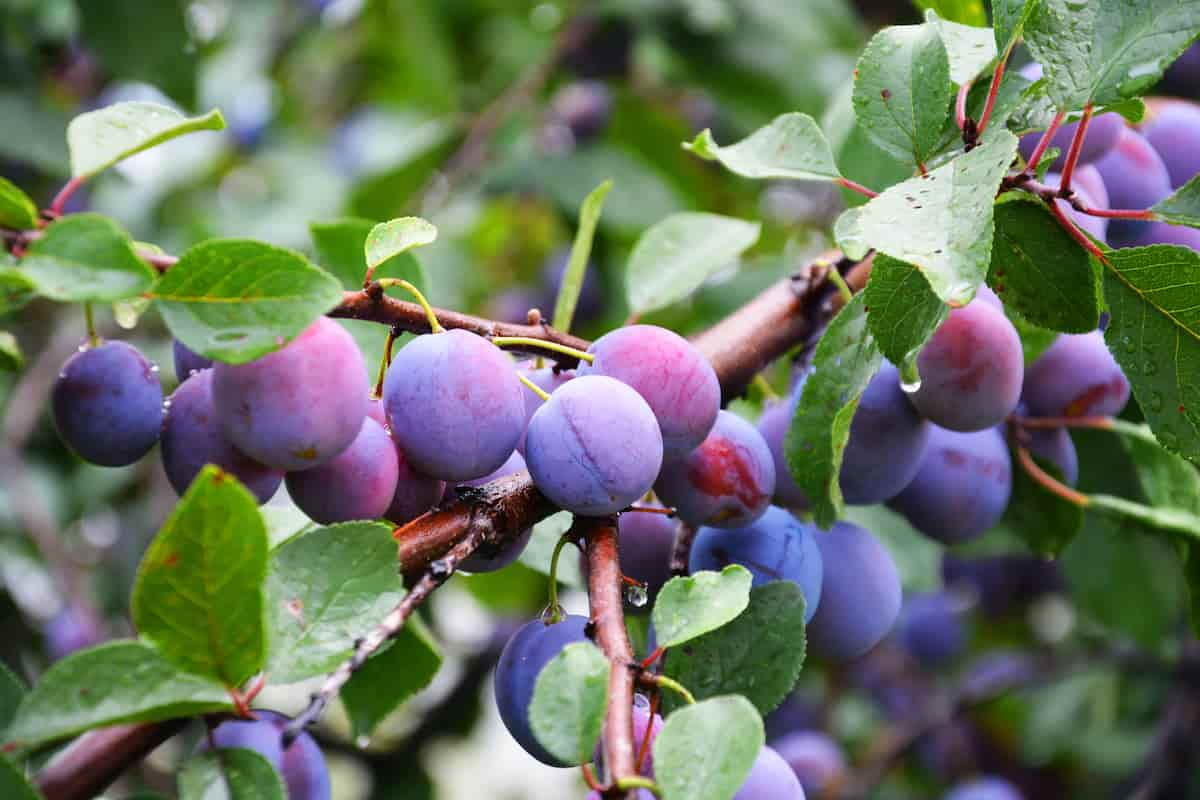As climate change and extreme weather patterns become increasingly common, it is absolutely crucial to build a greenhouse that is versatile and can withstand all four seasons. A greenhouse is not just a structure to grow plants; it is a sanctuary, a haven for nurturing life in even the most challenging conditions. Building a greenhouse that adapts seamlessly to the changing seasons requires meticulous planning, innovative design, and sustainable materials. This article will explore the essential elements of creating a four-season haven, where plants can thrive and flourish year-round, regardless of the weather outside. Join us on a journey to discover how to build a greenhouse that is not just functional but a truly versatile and sustainable oasis.
Choosing Materials That Last
Choosing materials that can withstand all four seasons is essential when building a versatile greenhouse. The key is to select materials that are durable, weather-resistant, and can withstand extreme temperatures. Materials such as polycarbonate roofing sheets, polycarbonate panels, tempered glass, and aluminium frames are popular for greenhouses due to their longevity and ability to withstand the elements. These materials provide a strong structure and allow for optimal light transmission and insulation, creating a comfortable environment for plants to thrive in.
Sustainability is another crucial factor to consider when selecting materials for a greenhouse. Using eco-friendly materials such as reclaimed wood, recycled plastic, and energy-efficient glazing can help reduce environmental impact and create a more sustainable structure. By choosing durable and sustainable materials, you can build a greenhouse that not only lasts for all four seasons but also minimises its carbon footprint, creating a truly versatile and eco-friendly haven for nurturing plant life.
Insulation Tips for Cold Climates
When it comes to constructing a greenhouse in a cold climate, insulation is key. By properly insulating your greenhouse, you can maintain a stable temperature year-round, ensuring your plants have the optimal conditions to thrive. One important tip for insulating a greenhouse in a cold climate is choosing high-quality insulation materials specifically designed for cold weather. This can include double-wall polycarbonate panels, bubble wrap insulation, or thermal blankets. These materials will help to trap heat inside the greenhouse and prevent cold air from seeping in, creating a cosy environment for your plants even in the coldest of temperatures.
Another important tip for insulating a greenhouse in a cold climate is to seal any structural gaps or cracks to prevent drafts. Even the smallest gap can let in cold air and cause the temperature inside the greenhouse to drop significantly. To prevent this, check for any gaps around doors, windows, vents, and seams, and use weather-stripping or caulking to seal them tightly. Additionally, using a thermal shade cloth over the greenhouse’s roof can help retain heat during the night and protect plants from frost. By following these insulation tips, you can create a well-equipped greenhouse to withstand the challenges of a cold climate and provide a comfortable and nurturing environment for your plants throughout all four seasons.
Ventilation Strategies for Hot Weather
Ventilation is crucial to ensuring a greenhouse maintains optimal conditions for plant growth, particularly during hot weather. One effective ventilation strategy is using roof vents or louvres, which allow hot air to escape from the greenhouse and facilitate the circulation of cooler air. Automatic vent openers can be installed to regulate the temperature inside the greenhouse, ensuring that plants do not overheat on scorching summer days. Additionally, strategically placing fans within the greenhouse can help enhance air circulation and prevent heat buildup in specific areas.
Another important ventilation strategy for hot weather is shading. Installing shade screens or applying shading paint to the greenhouse exterior can help reduce the amount of direct sunlight entering the structure, lowering the temperature inside. By blocking excessive sunlight, shading helps prevent plants from becoming heat-stressed and minimises the need for excessive watering. This approach can be particularly beneficial during heatwaves when temperatures soar and plants are at risk of wilting or experiencing sunburn. By combining effective ventilation techniques with shading methods, a greenhouse can provide a comfortable and conducive environment for plants to thrive in hot summer.












